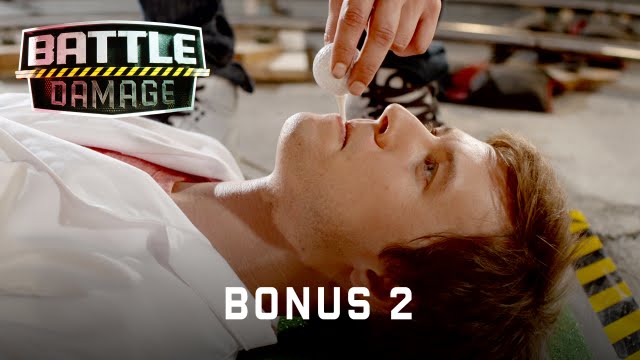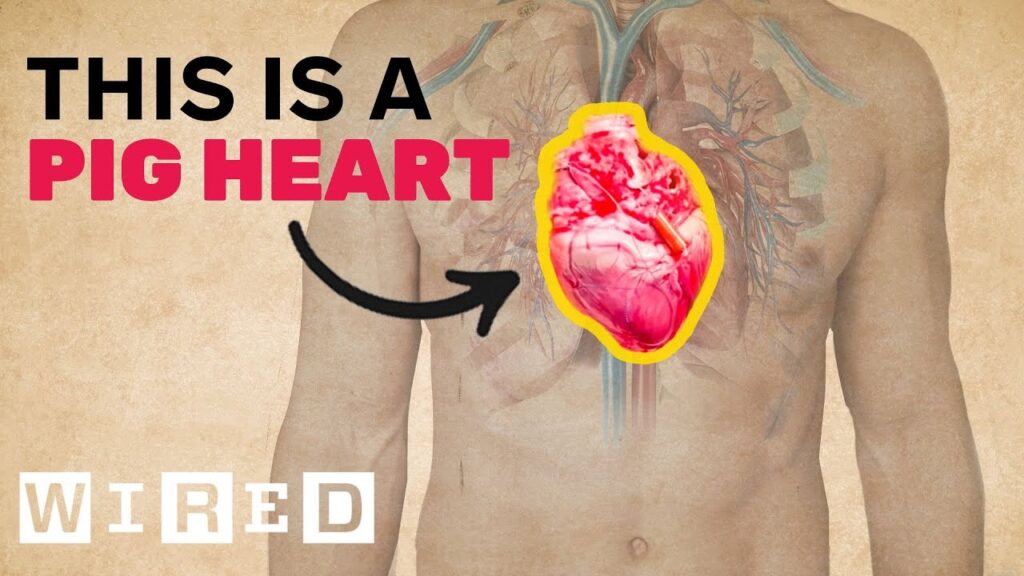Expert Analysis of Medical Procedures in TV and Film
Summary
In this article, we explore the accuracy of medical procedures depicted in film and TV shows, with the help of a professional surgeon. We discuss surgical techniques and instruments used, the importance of surgical checklists, calculations performed by medical professionals, and the significance of sterile technique.
Table of Contents
- The Accuracy of Medical Procedures in Film and TV
- Surgical Techniques and Instruments
- The Importance of Surgical Checklists
- Calculations Performed by Medical Professionals
- The Significance of Sterile Technique
Introduction
Medical procedures are often misrepresented in films and TV shows. It is important to distinguish fact from fiction when it comes to depictions of medical procedures, particularly for aspiring medical professionals. In this article, we explore the accuracy of medical procedures in popular entertainment media, with the help of a professional surgeon.
Q&A
Q: How accurate are the medical procedures depicted in film and TV shows?
A: Medical procedures depicted in movies and TV shows are often exaggerated or simplified for dramatic effect. While some procedures are realistic, several scenes lack accuracy due to the need to create more drama. It is essential to distinguish between fact and fiction when it comes to depictions of medical procedures in TV and movies.
Q: Can you explain the different techniques and instruments used in surgeries?
A: In liver surgery, for instance, one instrument used is a sponge stick for delicate retraction, while another sponge stick is used for absorbing excess blood. In rectal foreign body surgery, the procedure entails inserting and retracting high-volume bags filled with saline in the rectum for adequate exposure. For cricothyrotomy, a scalpel blade is used to create the incision. Different blades are used for different types of incisions, such as a number 10 blade for scalpel-assisted intubation.
Q: Can you explain the importance of surgical checklists in reducing medical errors?
A: Surgical checklists play a crucial role in reducing medical errors, which can result in disastrous outcomes. The surgical checklist ensures that the correct procedure is followed, the correct instrument is used for the correct incision, and that all team members are doing their work appropriately. The surgical checklist is an important part of ensuring patient safety and reducing medical errors.
Q: What are some calculations that medical professionals perform during surgeries?
A: One calculation commonly performed in surgery is the estimation of blood loss, which is done by weighing the sponges used for retraction, then doing calculations based on the amount of blood each saturated sponge can absorb. Another calculation is the urinary output, which measures how much urine is coming out of the bladder, critical in monitoring the performance of the kidneys after a surgery.
Q: Can you discuss the significance of sterile technique in medical procedures?
A: Sterile technique is essential in medical procedures as it helps prevent the spread of bacteria or germs that can cause infections. Surgical site infections are one of the most common and dangerous types of infections that can occur in a medical setting. There are several things that medical professionals do to maintain sterile technique, such as wearing sterile gloves, gowns, and using sterilized instruments.
Conclusion
Medical procedures depicted in TV and movies are often glamorous but not accurate. Aspiring medical professionals must understand the difference between fiction and reality when it comes to depictions of medical procedures. Surgical techniques and instruments used in medical procedures vary depending on the type of procedure being performed. It is essential to carry out surgical checklists and perform accurate calculations to ensure patient safety. Maintaining sterile technique is also crucial in preventing the spread of bacteria or germs that can cause infections.







